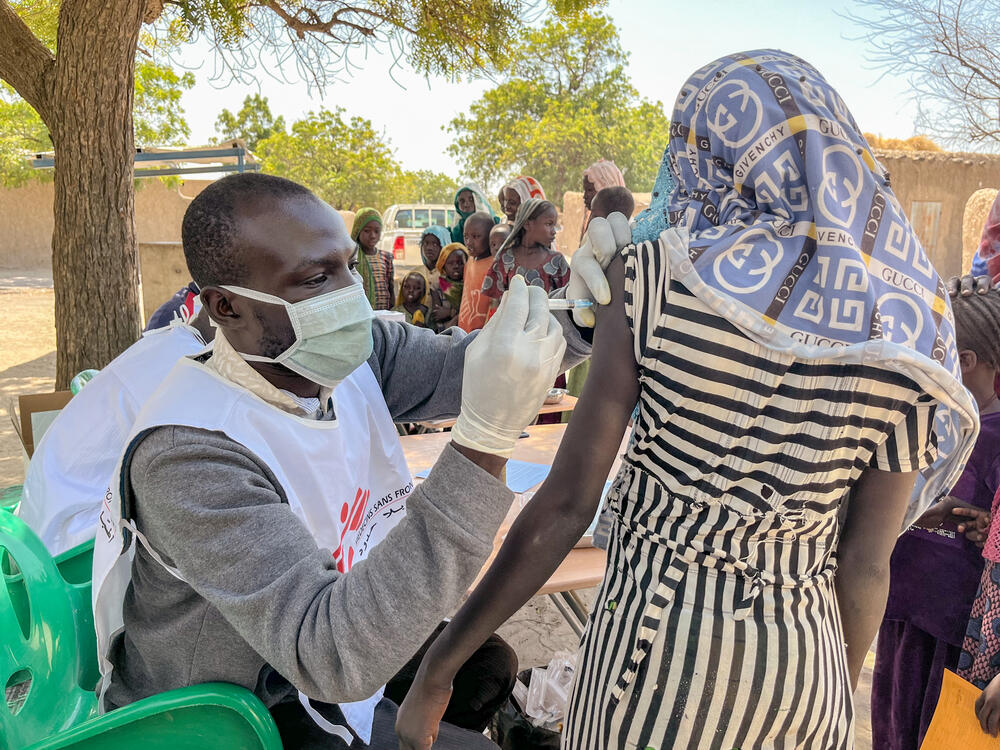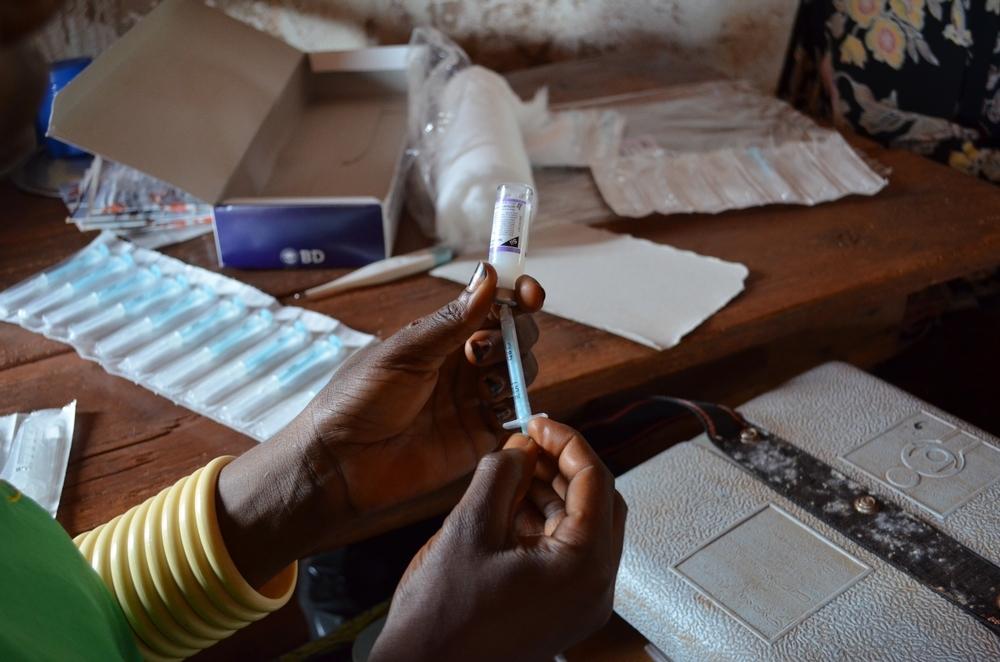Diphtheria
Diphtheria is a deadly infectious disease but it is entirely preventable by vaccination.
Throughout history, diphtheria has caused devastating epidemics across the globe. Children are typically the most at risk. The contagious bacterial infection mainly affects the nose and throat, and sometimes the skin. Vaccines preventing diphtheria became available in the late 1940s in Europe and North America. But prior to the successful vaccination programme, diphtheria was very common and one of the leading causes of death in children.
40%
OF DIPHTHERIA CASES CAN BE FATAL
IMMUNISATION
IS THE BEST PROTECTION
14 DAYS
ANTIBIOTIC TREATMENT NEEDED TO REDUCE TRANSMISSION
Toxigenic strains of diphtheria still circulate in all regions of the world, and the disease can re-emerge if a population’s overall protection decreases, as was the case in Eastern Europe in the 1990s.
Diphtheria cases are now being recorded as a result of the war in Yemen and in Rohingya refugees fleeing Myanmar.
“Globally, the decline of diphtheria in recent years was accompanied by a concrete loss of knowledge regarding its treatment,” says Marc Poncin, MSF’s emergency coordinator in Ibb, Yemen.
“To treat diphtheria, patients need to be isolated and receive antibiotics and anti-toxins. But the global supply of the anti-toxin, which is the single most important aspect of treatment, is very limited, and no anti-toxins were available in Yemen prior to a few weeks ago.”
What causes diphtheria?
Diphtheria is most often spread from person to person, either through the air or by direct contact. The bacteria are usually spread through coughs, sneezes and speech. Breathing in particles from infected people leads to infection. Contact with any lesions on the skin can also lead to transmission of diphtheria, but this is uncommon.
Symptoms of diphtheria
When the bacteria that cause diphtheria get into and attach to the lining of the respiratory system, they produce a poison (toxin) that can cause:
- Weakness
- Sore throat
- Fever
- Swollen glands in the neck
- The poison destroys healthy tissues in the respiratory system.
Within two to three days, the dead tissue forms a sticky grey coating that can build up in the throat or nose, making it very hard to breathe and swallow. The poison may also get into the bloodstream and cause damage to the heart, kidneys, and nerves.
Diagnosing diphtheria
A diagnosis of diphtheria can be confirmed by taking a sample of cells from the throat or nose, or from a wound on the skin. This will be examined to see whether the bacteria that cause diphtheria are present.
Treating diphtheria
Patients with diphtheria need to be admitted for monitoring and isolation. The earlier the treatment is given, the better the chances of recovery are for the patient. Patients receive antibiotics to eliminate the bacteria from the throat, and an infusion of antitoxins to neutralise the circulating toxin and avoid complications. During the recovery phase, patients need to receive a full course of immunisation – having had diphtheria does not give automatic protection against it.
The diphtheria anti-toxin is the main means of reducing mortality and the risk of other diphtheria-caused complications, such as myocarditis (damage to the heart muscle) and neuropathies (nerve damage). Antibiotic treatment for 14 days helps reduce transmission. It is also crucial that people who were in close contact with a diphtheria patient receive antibiotics for prophylaxis, and potentially the vaccine. This will prevent them from developing the disease and halt transmission, and therefore help stop the outbreak.


